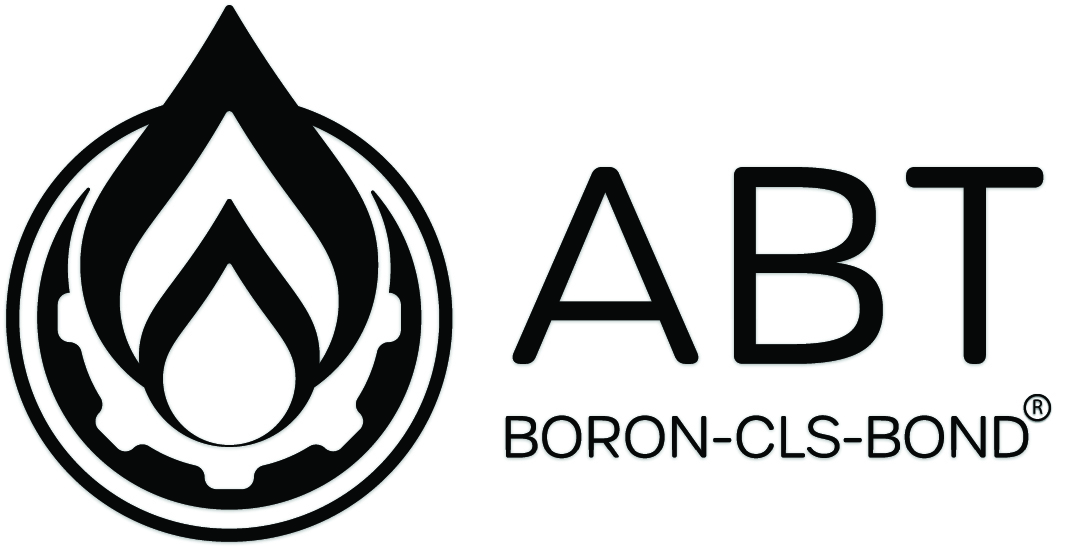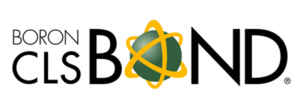Discover the Spinanga App – Revolutionizing Your Daily Tasks and Productivity
Table of Contents
- Discover the Spinanga App – Revolutionizing Your Daily Tasks and Productivity
- Maximizing Your Workflow with Smart Features
- Task Management Made Easy: Organize Your Day
- Collaborative Projects: Boost Team Efficiency with Spinanga
- Customizing Your Experience: Personalization Choices in Spinanga
- Setting Up Preferences: Creating a Tailored Interface
Discover the Spinanga App – Revolutionizing Your Daily Tasks and Productivity
In a fast-paced environment where optimizing time is paramount, a groundbreaking software solution emerges as an invaluable asset for individuals seeking Spinanga enhancement in everyday organization. This platform is designed to streamline responsibilities, offering user-friendly features to boost efficiency across various aspects of life.
Tailored capabilities allow for customized planning, enabling users to set specific goals and track progress seamlessly. Intelligent notifications ensure that deadlines are met, while intuitive scheduling tools facilitate the prioritization of critical responsibilities. This means that whether you’re managing professional projects or personal commitments, maintaining focus becomes significantly easier.
With data-driven insights, individuals can analyze their routines to identify bottlenecks and improve workflows. The built-in analytics serve as a mirror, reflecting daily habits and unveiling areas for improvement. This proactive approach allows for smarter choices, leading to a more harmonious balance between work commitments and personal pursuits.
Overall, embracing this software can lead to a profound transformation in how responsibilities are managed, creating more space for creativity and personal growth. By integrating such a resource into your routine, you’ll find that achieving aspirations becomes not just a possibility, but a reality.
Maximizing Your Workflow with Smart Features
To enhance efficiency, leverage intelligent functionalities embedded within the platform. Task automation stands out as a key benefit; it allows repetitive actions to be executed with minimal human input. For example, set triggers to automate scheduling or reminders, freeing up valuable time for critical decision-making.
Utilize integrated collaboration tools to streamline communication. Real-time messaging and file sharing enhance team synergy, making information readily available and reducing the need for lengthy email threads. Break down project tasks into manageable components, assigning responsibilities to individuals, thus fostering accountability and clarity in progress tracking.
Customizable dashboards allow personal tailoring of data visualization. Tailor widgets to display key metrics and daily goals, providing instant access to essential information. This ability to modify displays fosters a focus on priorities, minimizing distractions and enabling swift adjustments to strategies as required.
Utilize analytics features for performance insights. Analyze completed activities and time spent on various projects to identify inefficiencies. Use this data to adjust methods, ensuring continuous improvement. Regular assessment encourages adaptation to changing circumstances, promoting sustained high performance.
To maximize output further, employ prioritization techniques. Categorize items based on urgency and importance. This method aids in allocating time effectively, ensuring critical duties receive immediate attention, while less pressing tasks are scheduled appropriately.
Integration capabilities with third-party tools expand functional horizons. Link calendars, email services, and other applications seamlessly, creating a unified ecosystem that enhances overall effectiveness. Utilize this interconnectedness to keep workflows streamlined and aligned with individual or team goals.
Regularly explore new features and updates offered on the platform. Developers frequently introduce enhancements based on user feedback, which can significantly impact efficiency. Staying informed ensures that users capitalize on the latest advancements designed to optimize performance.
Task Management Made Easy: Organize Your Day
Effective planning transforms chaotic schedules into structured routines. Start by identifying priorities for each day. Utilize a system where tasks are categorized into urgent, important, and less critical. This method helps allocate time wisely, ensuring critical items receive attention first.
Create Clear Objectives: Define specific, measurable goals for each task. Instead of vague objectives, opt for clear results. For instance, instead of “work on project,” specify “complete draft of project report.” This specificity enhances focus and clarity.
Time Blocking Technique: Allocate fixed time periods for specific activities. For example, set aside 9 AM to 11 AM for emails and administrative duties. By assigning time slots, distractions diminish, allowing deeper immersion in assigned tasks.
Break Large Tasks into Smaller Steps: Large, daunting projects often lead to procrastination. Divide these projects into manageable segments, making them less intimidating and easier to tackle. Each completed segment provides a sense of achievement, motivating further progress.
Utilize Digital Tools: Leverage software designed for efficiency. Create lists, set reminders, and track completion through checklists and dashboards. This digital approach simplifies monitoring progress and adapting schedules as needs evolve.
Regular Reviews: Periodically assess completed items. Evaluating which tasks took longer than anticipated can provide insights into personal productivity patterns. Adjust strategies based on these assessments to enhance overall efficiency moving forward.
Integrating these practices into any routine fosters an organized environment. Enhanced clarity and focus minimize overwhelm, steering attention toward what truly matters and ultimately leading to improved outcomes.
Collaborative Projects: Boost Team Efficiency with Spinanga
Effective collaboration is essential for modern teams aiming to achieve high performance. Utilizing advanced solutions can significantly enhance synergy among team members. Below are key features that facilitate seamless cooperation.
- Real-Time Communication: Instant messaging and video calls allow rapid sharing of ideas, reducing delays in decision-making.
- Task Assignment: Simplified allocation of responsibilities ensures clarity. Every member knows their role, leading to accountability and streamlined workflow.
- Document Sharing: Centralized storage of essential files fosters accessibility. Team members can collaborate on documents simultaneously, eliminating version control issues.
Incorporating structured project boards can further optimize performance:
- Visual Workflow: Organizing tasks in a kanban style provides an overview of project status, helping teams prioritize effectively.
- Progress Tracking: Tracking milestones and deadlines keeps projects on schedule, allowing for timely adjustments if needed.
- Feedback Loop: Regular updates and reviews promote transparency. Team members stay informed about each other’s progress, leading to constructive feedback.
For maximum impact, implement the following strategies:
- Daily Stand-ups: Short meetings help align goals and identify roadblocks early on.
- Use Templates: Standardizing repetitive tasks saves time and minimizes errors.
- Encourage Open Dialogue: Foster an environment where team members share ideas freely, promoting innovation.
Utilizing these features and strategies fosters an environment where collaborative efforts thrive, leading to improved outcomes and a more cohesive team dynamic.
Customizing Your Experience: Personalization Choices in Spinanga
Customization options elevate user interaction by tailoring functionalities to individual preferences. Within this interface, users can modify themes, selecting from a palette of colors and layout styles. This feature not only enhances aesthetic appeal but also contributes to extended usability. Consider opting for darker themes during evening hours, reducing eye strain and fostering a comfortable environment.
Another significant aspect lies in task categorization. Users can create personalized tags, organizing activities and projects according to specific criteria. This enables simpler navigation and prioritization, allowing you to quickly access important items. For instance, labeling can be based on deadlines, urgency, or project type, fostering greater efficiency.
Notifications serve as essential reminders, and customizing these alerts enhances focus. Tailor settings to receive updates only for critical events, avoiding distractions while maintaining awareness of essential developments. Opting for subtle reminders can help manage time effectively without overwhelming you with constant alerts.
Integration with other tools establishes seamless workflows. Users may connect calendars, email services, and other platforms, thereby consolidating all essential information in one space. This streamlined approach saves time and fosters better organization, permitting concentration on significant activities without switching between applications.
The inclusion of automated responses adds a layer of convenience, particularly for repetitive communications. Programming typical replies can assist in managing correspondence more effectively, allowing for quick interactions while minimizing time spent on routine exchanges. This ensures communication remains fluid without detracting from core responsibilities.
Lastly, analytics features offer insights into habits and patterns, enabling informed adjustments to routines. By reviewing data on time allocation and task completion, users can identify areas for improvement, leading to enhanced efficiency in future endeavors. This reflective practice facilitates continual development, making the interface a powerful ally in pursuit of personal goals.
Setting Up Preferences: Creating a Tailored Interface
Configuring preferences is essential for maximizing the utility of any digital tool. Begin by accessing the settings menu, often indicated by a gear icon or a similar visual cue. This is where personalized adjustments can be made to enhance user experience significantly.
Select themes to match individual aesthetics and improve visibility; options typically include a light mode, dark mode, or high-contrast settings. Customizing colors can alleviate eye strain and create a more comfortable interaction.
Next, explore notification settings to filter alerts based on priority. Define which messages warrant immediate attention versus those that can be addressed later. This minimizes distractions and keeps focus sharp throughout the day.
Consider language preferences, particularly if multiple languages are spoken. Setting a primary language enhances comprehension and speeds up navigation. Additionally, look for accessibility features like voice commands or text-to-speech, which can facilitate smoother engagement for users with different needs.
For enhanced organization, adjust layout options. Some platforms allow users to drag and drop elements, choose grid or list views, and prioritize frequently accessed sections. Tailoring these components to fit personal workflow can significantly streamline operations.
Finally, integrate third-party applications that complement your environment. Most systems provide the ability to connect with calendars, task managers, or note-taking tools. This synergy fosters a cohesive ecosystem, ensuring all necessary elements are at your fingertips, tailored to enhance your specific routines and objectives.






